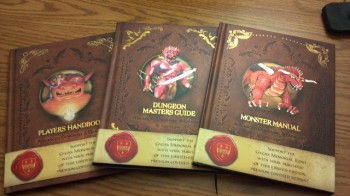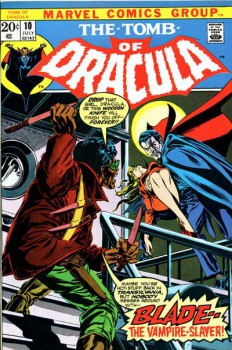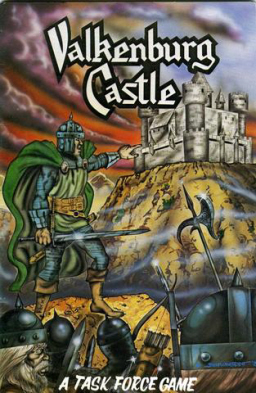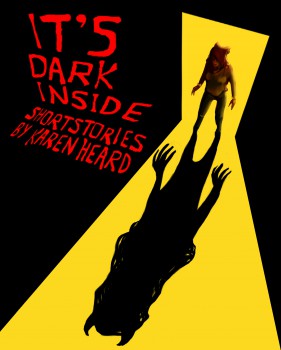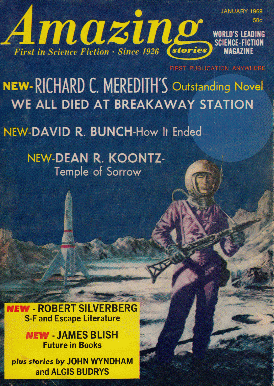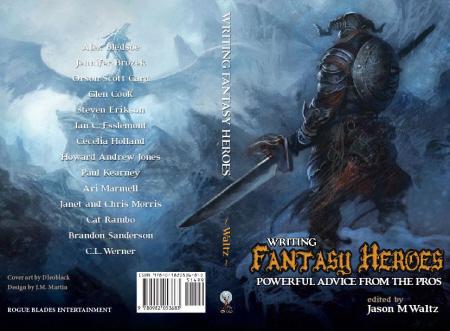Fun with the Original Star Trek Crew
I saw Star Trek Into Darkness last week, and quite enjoyed it… although overall, I tend to agree with those critics, like Gary Westfahl at Locus Online and Keith Decandido at Tor.com, who’ve pointed out that it’s kinda a mindless action flick with more in common with contemporary summer blockbusters than Star Trek. Still, my kids loved it — and so did the packed house — and I firmly believe that any filmmaker who can successfully re-imagine Star Trek, and ignite fresh interest in a whole new generation, deserves praise. Even if it’s not exactly the same Star Trek I enjoyed 40 years ago.
Besides, no one’s done anything to tarnish that Star Trek. So I’ve been quietly enjoying it at home. I watched “Space Seed” on DVD, and Star Trek The Motion Picture and Star Trek II: The Wrath of Khan on Blu-Ray. And I’ve recently discovered a host of Trek-themed advertisements from the 80s, including this delightful ad for a British power company starring William Shatner and James Doohan:
If that’s not enough for you, there’s also this AT&T ad from the late 80s, featuring virtually the entire cast… and a nice surprise at the end.
Enjoy!
